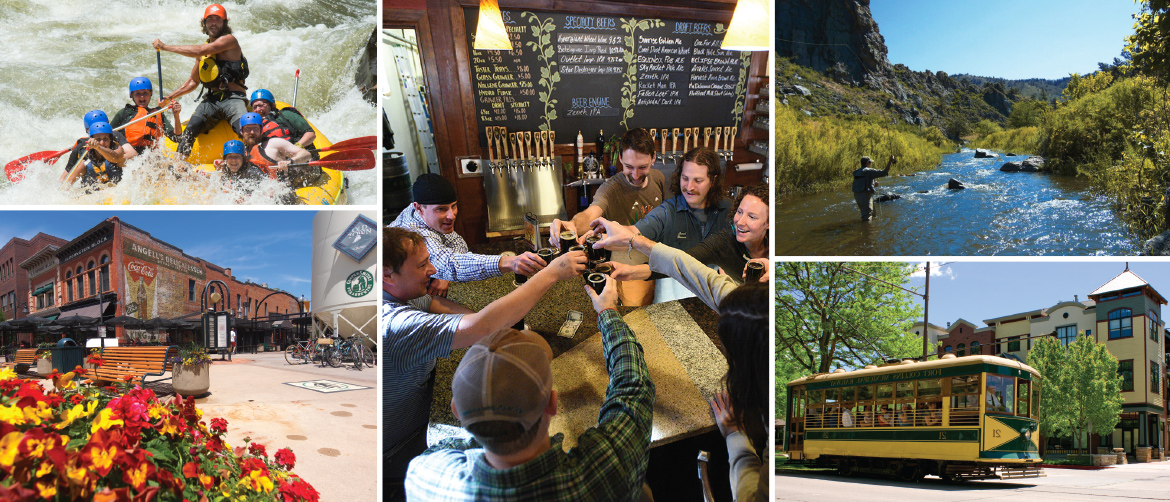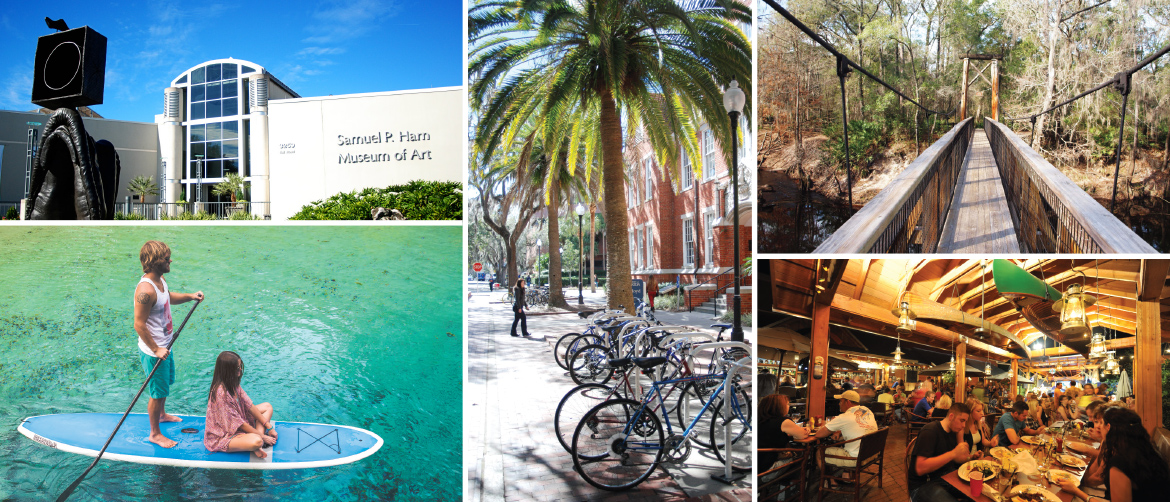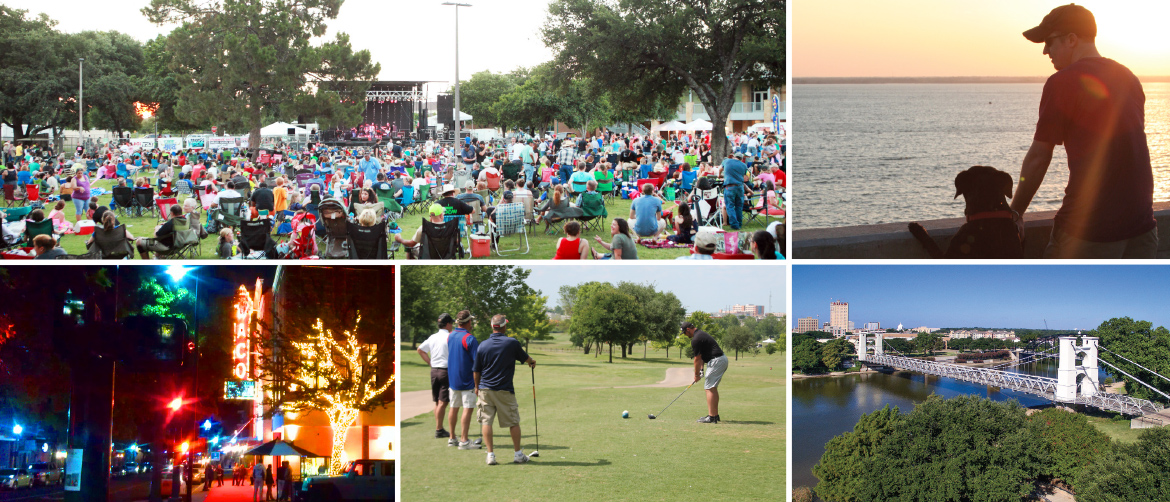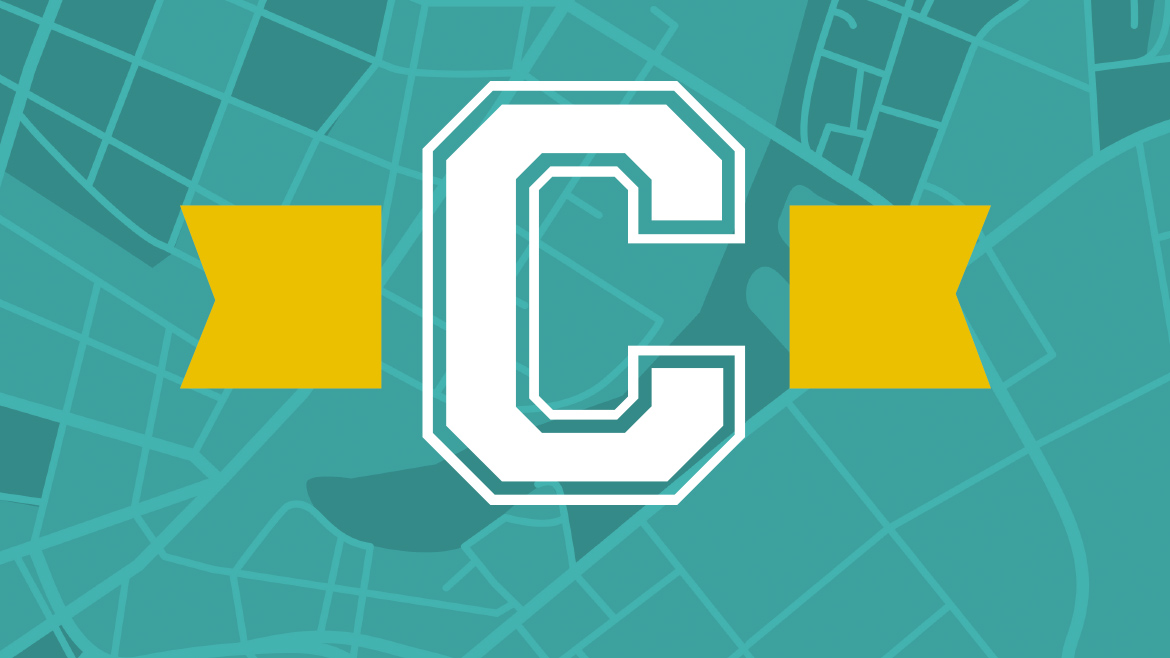Comparing College Towns
It’s easy to live in the CoMo bubble. But as the city continues to grow, we must ask ourselves — how do we measure up, what can we improve, and what are our strengths as a city? CBT compares the numbers between Columbia and other college towns.

Columbia, Missouri
Population: 116,906
as of July 1, 2014 (census.gov)
Average Age: 26.6
in 2014 (census.gov)
Race Breakdown
as of April 1, 2010 (census.gov)
- White: 79%
- African American: 11.3%
- American Indian or Alaskan Native: 0.3%
- Asian: 5.2%
- Native Hawaiian or Other Pacific Islander: 0.1%
- Two or More Races: 3.1%
- Hispanic or Latino: 3.4%
- White Alone (not Hispanic or Latino): 77%
High School and College Graduation Statistics
from 2010-2014 (census.gov)
- High School Graduate or Higher (25+): 93.6%
- Bachelor’s Degree or Higher (25+): 55.9%
Population of College Students
- University of Missouri: 35,424
2015-2016 (MU)
- Stephens College: 667
2015-2016 (U.S. News & World Report)
- Columbia College: 2,200 campus; 27,000 online
2015-2016 (U.S. News & World Report)
Major Industries (forbes.com)
- Education
- Insurance
- Health care
Largest Employers (gocolumbiamo.com)
- University of Missouri
- University of Missouri Health Care
- Columbia Public Schools
- Boone Hospital Center
- City of Columbia
Unemployment: 3.2%
as of January 2016 (bls.gov)
Cost of Living
- Overall: 95.3
- Grocery: 94.8
- Health: 95
- Housing: 92
- Utilities: 93
- Transportation: 95
As of June 2014, compared to United States average of 100 (bestplaces.net)
Gas Prices: $1.853
as of March 2016 (gasbuddy.com)
Median Gross Rent: $804
from 2010-2014 (census.gov)
Median Household Income: $43,776
from 2010-2014 (census.gov)
Persons in Poverty: 24.9%
from 2010-2014 (census.gov)
Crime Index
Safer than 12% of cities in the United States
in 2014 (neighborhoodscout.gov)
Nods
- Forbes.com named Columbia the 6th “Best Small Place for Business & Careers” in 2014
- Named 13th most highly educated municipality in the United States
by Money

Fort Collins, Colorado
Sixty-five miles north of Denver, Fort Collins is far enough from the city to enjoy the small, mountain-town vibes and close enough to enjoy the centennial state’s metropolitan perks. The fourth largest city in the state of Colorado, the former army camp is home to Colorado State University, ranked 58th among the United States public universities in 2015 by U.S. News and World Report. Ski resorts and cross-country trails are all within a two-hour drive, while residents have access to 820 acres of developed park land and 29 miles of trails around the Poudre River and Rocky Mountains.
Population: 144,073
as of July 1, 2014 (census.gov)
Average Age: 29.3
in 2014 (census.gov)
Race Breakdown
as of April 1, 2010 (census.gov)
- White: 89%
- African American: 1.2%
- American Indian or Alaskan Native: 0.6%
- Asian: 2.9%
- Native Hawaiian or Other Pacific Islander: 0.1%
- Two or More Races: 3.1%
- Hispanic or Latino: 10.1%
- White Alone (not Hispanic or Latino): 83.1%
High School and College Graduation Statistics
from 2010-2014 (census.gov)
- High School Graduate or Higher (25+): 95.8%
- Bachelor’s Degree or Higher (25+): 51.6%
Population of College Students
- Colorado State University: 32,236
from 2015-2016 (coloradoan.com) - Front Range Community College: 27,926
from 2014-2015 (FRCC)
Major Industries (forbes.com)
- Clean Energy
- Bioscience
Largest Employers (fortcollinschamber.com)
- Colorado State University
- Hewlett Packard
- Poudre Valley Health System
- Poudre School District
- Agilent
Unemployment: 2.8%
as of January 2016 (bls.gov)
Cost of Living
- Overall: 113.4
- Grocery: 100.7
- Health: 104
- Housing: 145
- Utilities: 91
- Transportation: 96
As of June 2014, compared to United States average of 100 (bestplaces.net)
Gas Prices: $1.959
as of March 2016 (gasbuddy.com)
Median Gross Rent: $1,036
from 2010-2014 (census.gov)
Median Household Income: $53,775
from 2010-2014 (census.gov)
Persons in Poverty: 18.4%
from 2010-2014 (census.gov)
Crime Index
Safer than 24% of cities in the United States
in 2014 (neighborhoodscout.gov)
Nods
- Listed as one of 10 “Best Places to Retire in the United States” by CBS Money Watch in 2012
- Ranked 7th on “Best Places for Business and Careers” by Forbes in 2013 and 10th in 2015
- Ranked 14th in “Education” by Forbes in 2015

Gainesville, Florida
The largest city in north central Florida, Gainesville is home to the University of Florida, the famous 34th Street Wall, and, formerly, Gatorade. The “Berkeley of the South” was the first proponent for solar power, creating the country’s first feed-in tariff, a policy designed to encourage investment in renewable energy. “Gatorville, USA” has one of the lowest costs of living, and while property taxes are high, Floridians do not pay state income taxes. Although commonly remembered for its urban landscape, the city is recognized by the National Arbor Day Foundation for its greenery and boasts state parks like the Devil’s Millhopper, Marjorie Kinnan Rawlings Historic State Park, and Paynes Prairie Preserve.
Population: 128,460
as of July 1, 2014 (census.gov)
Average Age: 25.1
in 2014 (census.gov)
Race Breakdown
as of April 1, 2010 (census.gov)
- White: 64.9%
- African American: 23%
- American Indian or Alaskan Native: 0.3%
- Asian: 6.9%
- Native Hawaiian or Other Pacific Islander: 0.1%
- Two or More Races: 2.9%
- Hispanic or Latino: 10%
- White Alone (not Hispanic or Latino): 57.8%
High School and College Graduation Statistics
from 2010-2014 (census.gov)
- High School Graduate or Higher (25+): 91.2%
- Bachelor’s Degree or Higher (25+): 42.6%
Population of College Students
- University of Florida: 49,785
from 2014-2015 (UF)
- Santa Fe College: 15,887
from 2014-2015 (SFC)
Major Industries (forbes.com)
- Education
- Health care
- Insurance
Largest Employers (cityofgainesville.org)
- University of Florida
- UF Health
- Alachua County School Board
- VA Hospital
- City of Gainesville
Unemployment: 4.5%
as of January 2016 (bls.gov)
Cost of Living
- Overall: 89.9
- Grocery: 103.3
- Health: 96
- Housing: 75
- Utilities: 98
- Transportation: 101
As of June 2014, compared to United States average of 100 (bestplaces.net)
Gas Prices: $2.062
as of March 2016 (gasbuddy.com)
Median Gross Rent: $851
from 2010-2014 (census.gov)
Median Household Income: $32,108
from 2010-2014 (census.gov)
Persons in Poverty: 35.8%
from 2010-2014 (census.gov)
Crime Index
Safer than 8% of cities in the United States
in 2014 (neighborhoodscout.gov)
Nods
- Known as the “Healthiest Community in America” by receiving the only Gold Well City award from the Wellness Councils of America in 2003
- Ranked as one of the “Best Places to Live and Play” by National Geographic Adventure in 2007

Waco, Texas
Located between Dallas and Austin, Waco is the home of Dr. Pepper, the Texas Ranger Hall of Fame and Museum, and the Texas Sports Hall of Fame. The 22nd most populous city in the state holds not only Baylor University, but also McLennan Community College and Texas State Technical College, fueling its college town reputation. With seven recreational venues and nine arts organizations within the city’s 95.5 square miles, Waco boasts plenty of attractions, including Waco National Monument — 100 acres of parkland allowing visitors a glimpse into the area’s prehistory of Columbian mammoths.
Population: 130,194
as of July 1, 2014 (census.gov)
Average Age: 28.4
in 2014 (census.gov)
Race Breakdown
as of April 1, 2010 (census.gov)
- White: 59.2%
- African American: 21.5%
- American Indian or Alaskan Native: 0.6%
- Asian: 1.8%
- Native Hawaiian or Other Pacific Islander: 0.1%
- Two or More Races: 2.8%
- Hispanic or Latino: 29.6%
- White Alone (not Hispanic or Latino): 45.8%
High School and College Graduation Statistics
from 2010-2014 (census.gov)
- High School Graduate or Higher (25+): 77.8%
- Bachelor’s Degree or Higher (25+): 21.6%
Population of College Students
- Baylor University: 16,787
2015-2016 (Baylor)
- McLennan Community College: 9,500
2012-2013 (MCC)
- Texas State Technical College: 4,803
2014-2015 (TSTC)
Major Industries (forbes.com)
- Health care
- Education
- Aerospace
- Manufacturing
Largest Employers (goteamtexas.com)
- Baylor University
- Waco Independent School District
- Providence Health Center
- L-3 Communications
- Baylor Scott and White Health (Hillcrest)
Unemployment: 3.9%
as of January 2016 (bls.gov)
Cost of Living
- Overall: 78.7
- Grocery: 81.6
- Health: 85
- Housing: 53
- Utilities: 90
- Transportation: 101
As of June 2014, compared to United States average of 100 (bestplaces.net)
Gas Prices: $1.874
as of March 2016 (gasbuddy.com)
Median Gross Rent: $747
from 2010-2014 (census.gov)
Median Household Income: $32,864
from 2010-2014 (census.gov)
Persons in Poverty: 29.4%
from 2010-2014 (census.gov)
Crime Index
Safer than 9% of cities in the United States
in 2014 (neighborhoodscout.gov)



